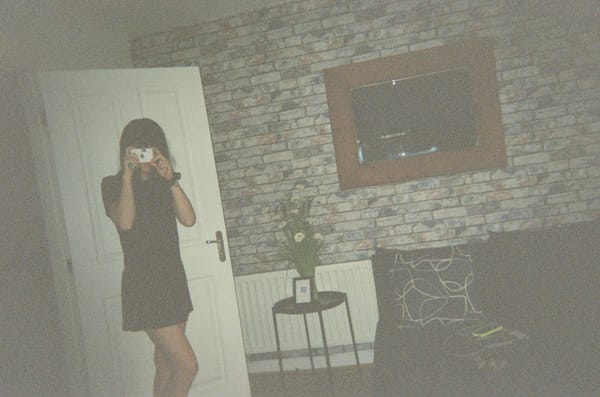Hari Hari
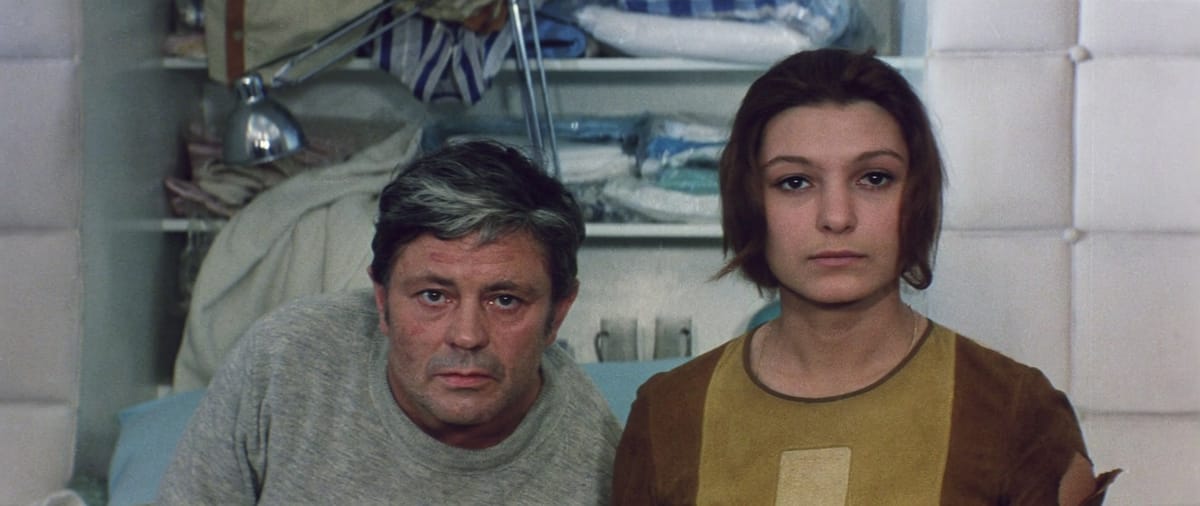
How far would you go to escape your deepest well of pain? Then, what would you do if it followed you to the furthest place you could reach?
These are the questions that shape “Solaris,” the 1972 film by Andrei Tarkovsky. A loose adaptation of the 1961 book of the same name by Stanisław Lem, the nearly three-hour film explores Tarkovsky’s favorite topic: the futility of emotional repression.
Tarkovsky’s characters are typically haunted by their pain. His themes are recursive in nature but diverse in depiction. Your deepest source of pain will rise to find you in your weakest moment, he argues through his lens. It will arise on your deathbed, on the brink of nuclear war, or on a space station circling a distant and mysterious planet that couldn’t be further from home.
“Solaris” was a disappointment to Tarkovsky. He felt it was limited by its origins as a science-fiction story. It also led to a falling out with Vadim Yusov, his longtime cinematographer and creative partner. He returned to some of “Solaris’” themes in a later film, “Stalker.” The elements had gripped him, but the execution of “Solaris” had left him unfulfilled.
But "Solaris" has stuck in my mind since I first saw it last year. It didn’t give me the mind-boggling emotional reactions I’ve felt in the process of watching his other works like “Mirror” and “The Sacrifice.” But it’s the only one of Tarkovsky’s films that I have seen (“Ivan’s Childhood” and “Andrei Rublev” remain on the list) that provokes positive, tender feelings when I think back on it now.
It is a tremendously sad film, a slow-burn portrayal of a man who cannot escape the memory of his dead wife — Hari — even by leaving his own solar system. The film’s protagonist, Kris Kelvin, is a psychologist who is sent to a space station that orbits the planet Solaris to figure out why the scientists stuck out there are losing their minds.
(Note: The rest of this piece describes the plot of “Solaris” at length. It’s available on streaming services if you would prefer to see it yourself before proceeding.)
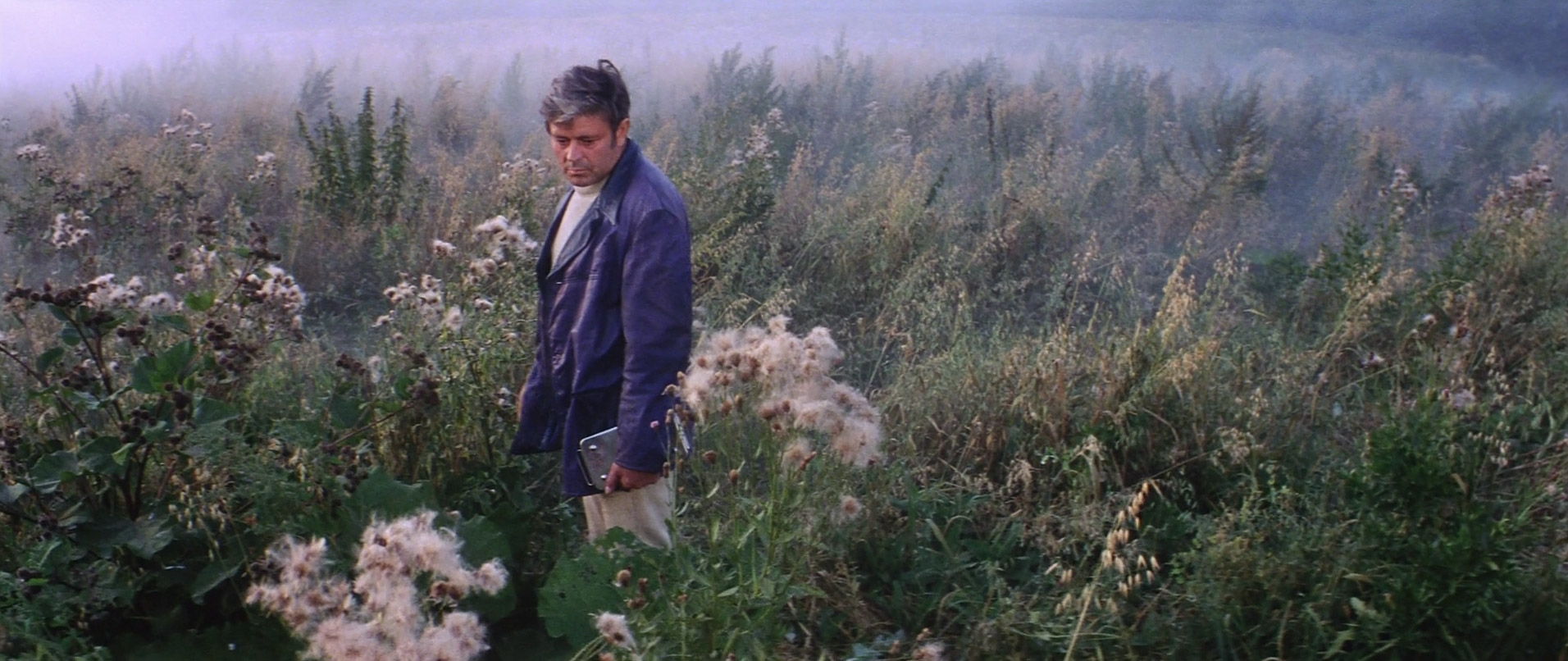
One scientist on the space station has killed himself, the others are in extreme emotional agony. Something about being in this environment — in orbit of Solaris — is causing the psychological breakdown of some of the sharpest minds in the community of interstellar research.
“Everything we now know about Solaris is negative and has come to resemble a mountain of disjointed, incoherent facts that strain credulity,” a character tells Kelvin early in the film. At the time, he is still living on Earth and debating his voyage to the space station.
Hari, who poisoned herself a decade before Kelvin’s space mission, is on his mind as he leaves his home on Earth. We see her briefly before his departure, in a photograph that gives no indication of her identity or relationship to the film’s central character.
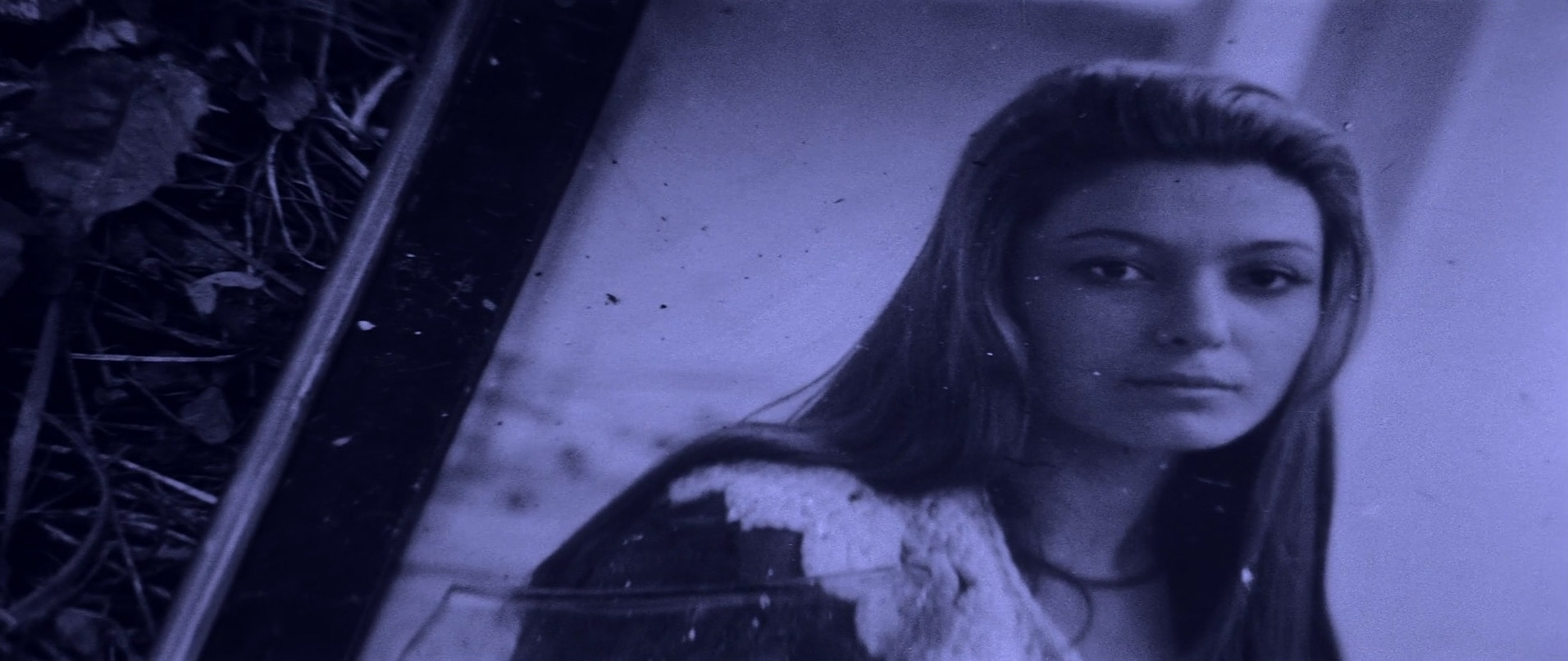
In an artistic choice that I can only describe as commendable in its Freudian discomfort, Tarkovsky’s on-screen mothers and wives are either remarkably similar to one another or flat-out played by the same actress. It is only many lightyears (and hours) later that we learn who Hari is, how she died, and how badly Kelvin’s mind wishes he could conjure her back to life.
“I see it as my duty to stimulate reflection on what is essentially human and eternal in each individual soul, and which all too often a person will pass by, even though his fate lies in his hands,” Tarkovsky wrote in his book, “Sculpting in Time.” “He is too busy chasing after phantoms. In the end everything can be reduced to the one simple element which is all a person can count upon in his existence: the capacity to love.”
"Solaris" also grapples with the ethics of objective scientific research and exploration and the subjectivity of humanity. Science versus art, which I can’t even accept as a firm dichotomy, is a topic Tarkovsky explores at length in “Sculpting in Time.” Really, he goes on and on and on about the difference between the two disciplines. Brevity was never part of his artistic vocabulary.
In science, at the moment of discovery, logic is replaced by intuition. In art, as in religion, intuition is tantamount to conviction, to faith. It is a state of mind, not a way of thinking.”
Science is empirical, whereas the conception of images is governed by the dynamic of revelation. It’s a question of sudden flashes of illumination — like scales falling from the eyes; not in relation to the parts, however, but to the whole, to the infinite, to what does not fit in to conscious thought.
“The conception of images” describes the excruciating experience that Kelvin experiences on the "Solaris" space station. He quickly learns the source of the scientists’ illnesses — by dreadfully, surrealistically experiencing it for himself.
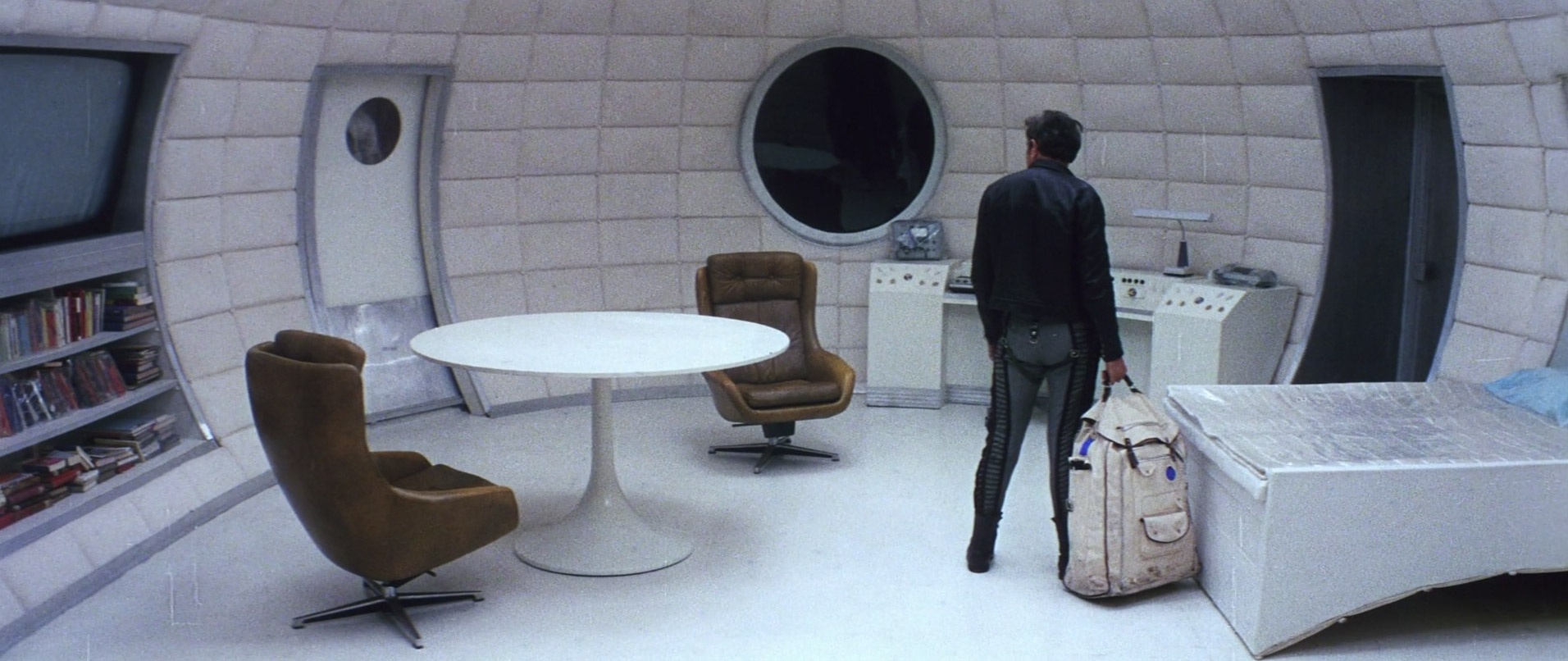
The scientists are experiencing apparitions on the space station. One strange, seemingly sentient but ultimately unreal visitor is a small child. Yet the emotional terror that Tarkovsky is so fond of inflicting on his viewers begins when Hari herself begins appearing on the space station not long after Kelvin’s arrival.
Viewed in a contemporary psychological lens that Tarkovsky was almost certainly unaware of in 1972, Kelvin is subjected to repeated traumatic flashbacks on the space station. He is reminded over and over in a “Groundhog Day” style cycle of the woman he loved who chose to take her own life.
It devastates me, and is a too-visceral reminder that our harshest sources of pain are the ones that can never be fully emotionally resolved. For me, these memories come to me in vivid dreams. The calcified emotions surface when they are least convenient. My insurance paperwork calls it complex post-traumatic stress disorder — a shaky term for an emotional disorder that is still very much in the midst of academic study.
On screen, Kelvin is living out the pain that I find nearly impossible to endure even in hazy forms of memory. His reunion with Hari is visceral and deceptive. He initially protects himself with distance. Then, he succumbs to the experience he badly wants: reunion, companionship, the actual sensation of the love they shared before her death.
It eventually becomes nearly irrelevant to Kelvin that he is falling back in love with a simulacrum, not his deceased wife. It is understandable now why the scientists aboard the space station have broken down mentally. Who can stand to live alongside the greatest tragedy of their life?
Tarkovsky forces his audience to confront the primary questions around grief: What if you could just have one more day? Where does the grief go when the acute feelings — and the social tolerance for the presentation of pain — fade out?
Those who have suffered in the type of grief that changes the course of your life describe that pain as living beside you. It cannot be expelled, but it can be tolerated. To see the physical embodiment of a man’s greatest tragedy literally appear beside him is a torturous thing.
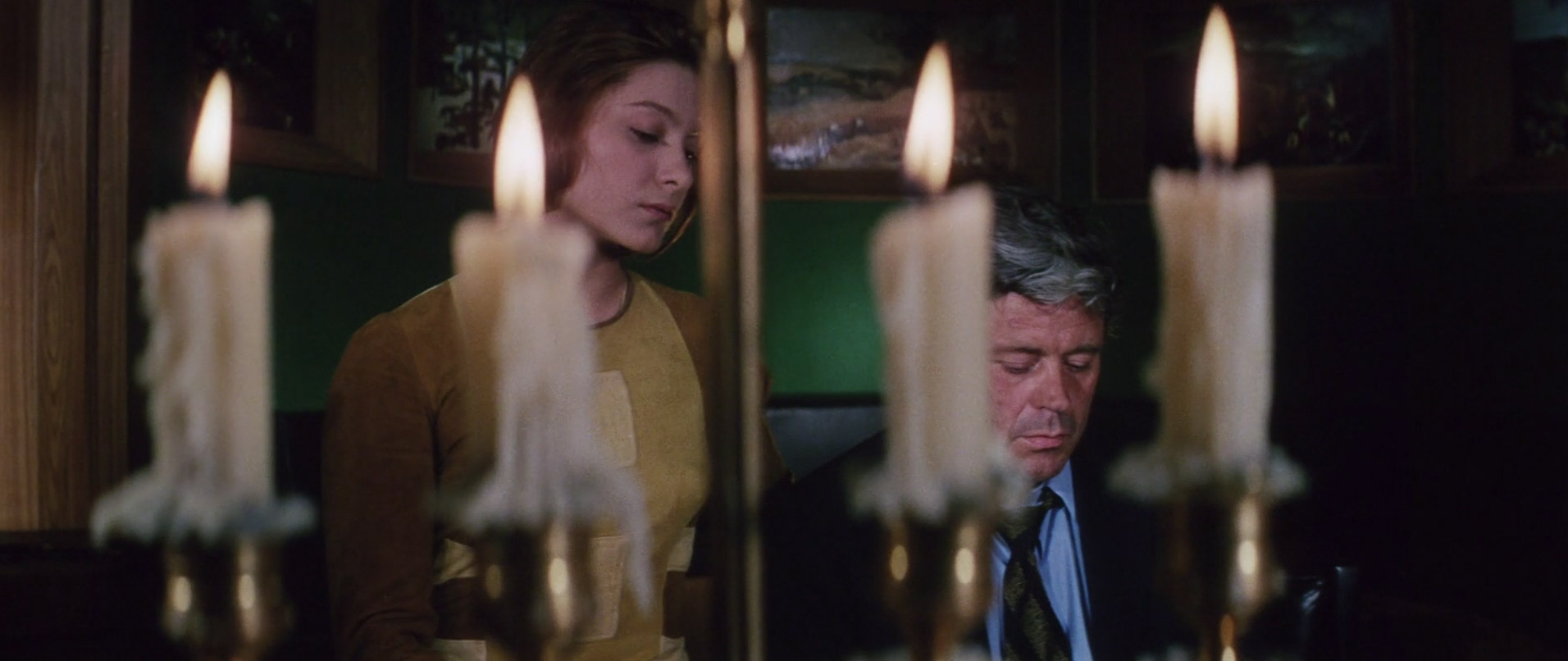
“The characters in ‘Solaris’ were dogged by disappointments, and the way out we offered them was illusory enough,” Tarkovsky, the merciless auteur wrote. “It lay in dreams, in the opportunity to recognize their own roots — those roots which forever link man to the Earth which bore him. But even those links had already become unreal for them.”
Amidst the horror and heartbreak of Kelvin and Hari’s reunion, I find a profound depiction of the vulnerability of humanity. The exploration of male grief, remorse, and devastation in Tarkovsky’s work seems radical.
Maybe it was the long literary history of emotional depth in Russian literature — which Tarkovsky referenced religiously — that made male emotionality the driving theme of the work made by a man born under Soviet rule in 1932. Or maybe, as he did in the cinematic elements of his work, he thought little of convention and stayed true to his own sense of artistic expression.
Tarkovsky was unafraid of the rawness of emotion, and he concludes "Solaris" with the same theme as some of his other work. Back on Earth, in the throes of previously scabbed over grief, Kelvin reverts to the behaviors of a young boy. He falls to his knees and seeks comfort in the people he has left. Their consolation is his only remaining source of solace.
Critical Thinking is a reader-supported publication. To support my work, consider becoming a free or paid subscriber.




